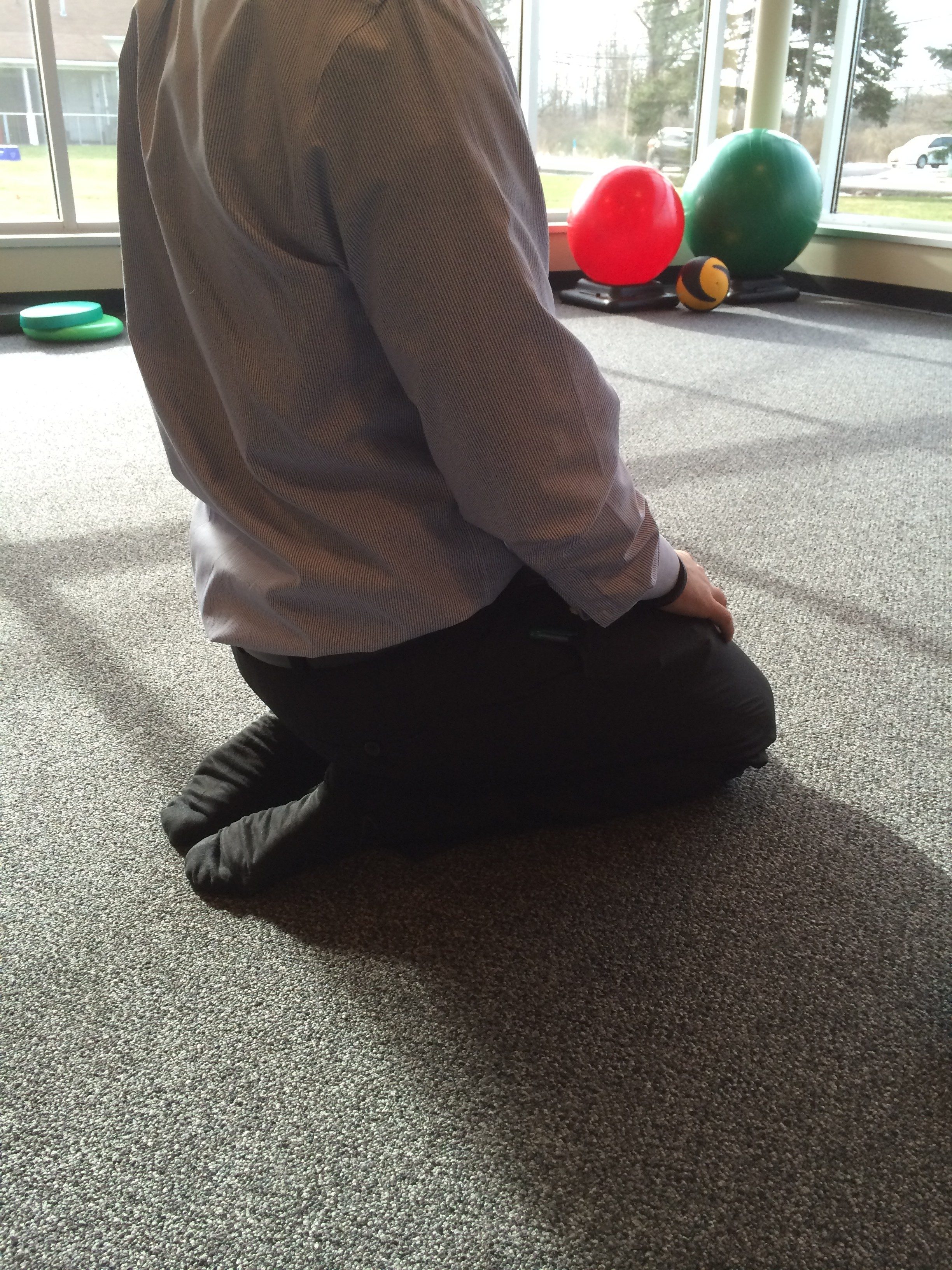Are You Ready for the Running Season?
In the northeast many runners cross-train over the winter. This is a good time to recover from injuries, strengthen weak areas, and get ready for the next season. But how do you know if you are ready for the running season? Two simple tests below will give you a quick insight into the health status of your muscular tissues.
Standing toe touch
Stand with feet shoulder width apart, keep your knees straight and reach toward the floor. You should be able to touch the floor and only feel minor stretching equally in both hamstrings. This should be done WITHOUT warming-up. A passing test is touching the tips of your fingers to the ground. A failed test occurs if any of the below findings occur.
- Can’t touch the floor
- Stretching in calves
- Stretching in back
- Focal spot of tension in hamstrings
- Unequal stretching in hamstring
- Pain
Forward lunge
Lunge forward with one leg and then push back with the same leg to the start position. Then repeat with other leg. A passing test is a lunge that is balanced and effortless. The left and right leg should feel stable and pain free. A failed test occurs if any of the below findings occur.
- Body leaning forward
- Unstable
- Painful
- Front knee dives in
- Fatigue quickly (should be able to do 10 reps on each leg without much effort)
If you fail either of these tests, then you are at a higher risk of injury while running. Stretching, foam rolling, and strengthening will not make a sustained improvement on these tests. The first step is to see if adhesion is causing the failed test. Adhesions can cause all of the failed findings above. To learn more about adhesions click the link below:
If you suffer with the same injuries every season and/or you failed a test, then click the button below to schedule an initial exam and get ready for running season! Let us get to the root of your problem.
*Please note that every patient is different. The content and tips displayed on this page are for educational purposes only, and do not substitute for medical advice. Please consult with a medical or healthcare provider, such as Dr. Phipps, for specific diagnosis and treatment advice. Williamsville, NY 14221 Chiropractor

